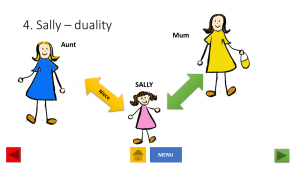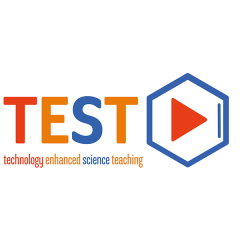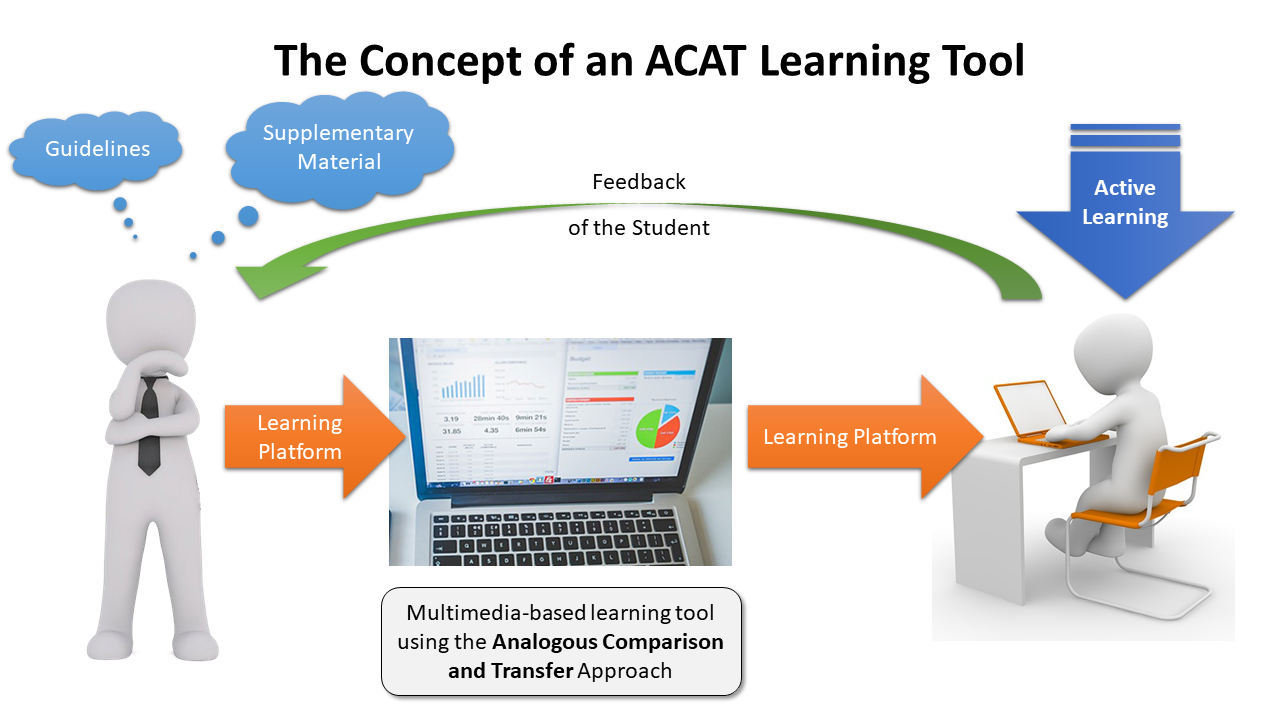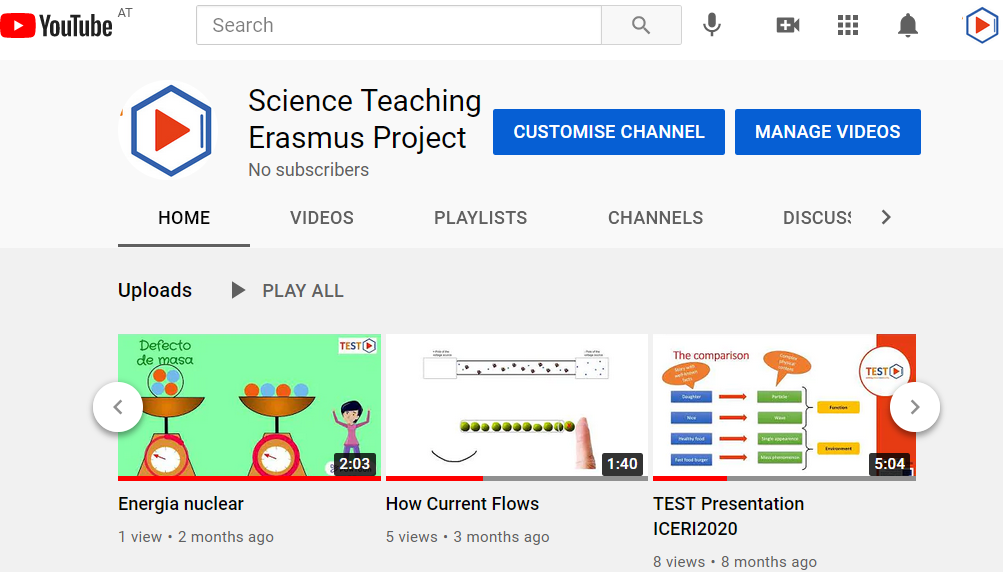Types of Interactivity (in teaching and learning)
There are generally three different types of interactivity for teaching:
- interactivity between teacher and learner,
- between multiple learners, and finally
- interactivity with learning materials.
The TEST-Project deals with the last type: interactivity of learners with learning materials.
This is the interaction occurring when students work on a particular medium- It can be a printed textbook, a cloze when learning a foreign language, a learning management system, or a short video clip. The direct intervention from an instructor or other students is not foreseen (this are the other two type of interactivity).
Interaction can be ‘reflective’, without any overt actions, or it can be ‘observable’, in the form of an assessed response, such as a multiple-choice test, or as a contribution to a discussion, or as notes to assist memory and comprehension.
Computer technology – used in computer-assisted learning or computer enhanced teaching – can greatly facilitate learners’ interaction with learning resources.
Media and Interactivity
The use of media (videos, images) does not necessarily mean interactivity: media support learning but are mostly passive. Viewing a video, for example, is an entirely passive process.
The project TEST (Technology Enhanced Science Teaching) develops multimedia-based learning units that exert a certain pressure on the active participation of learners.
An Example
 One example is the learning unit on quantum physics: What is dualism?
One example is the learning unit on quantum physics: What is dualism?
This unit will be offered in several variants:
- a presentation variant (which can be used by the teacher in the classroom, interrupted at the distinctive points and expanded by asking the learner) and an
- interactive variant in which the learner makes a decision based on what is shown. For the continuation of the media unit the correct decision must be met. This technique brings learners to think about what they have seen (or currently are doing) and to make logical decisions (based on the currently offered information and facts).
Currently the α-version of this learning unit is in development. The final application will be available from this webpage (at the end of the project).




